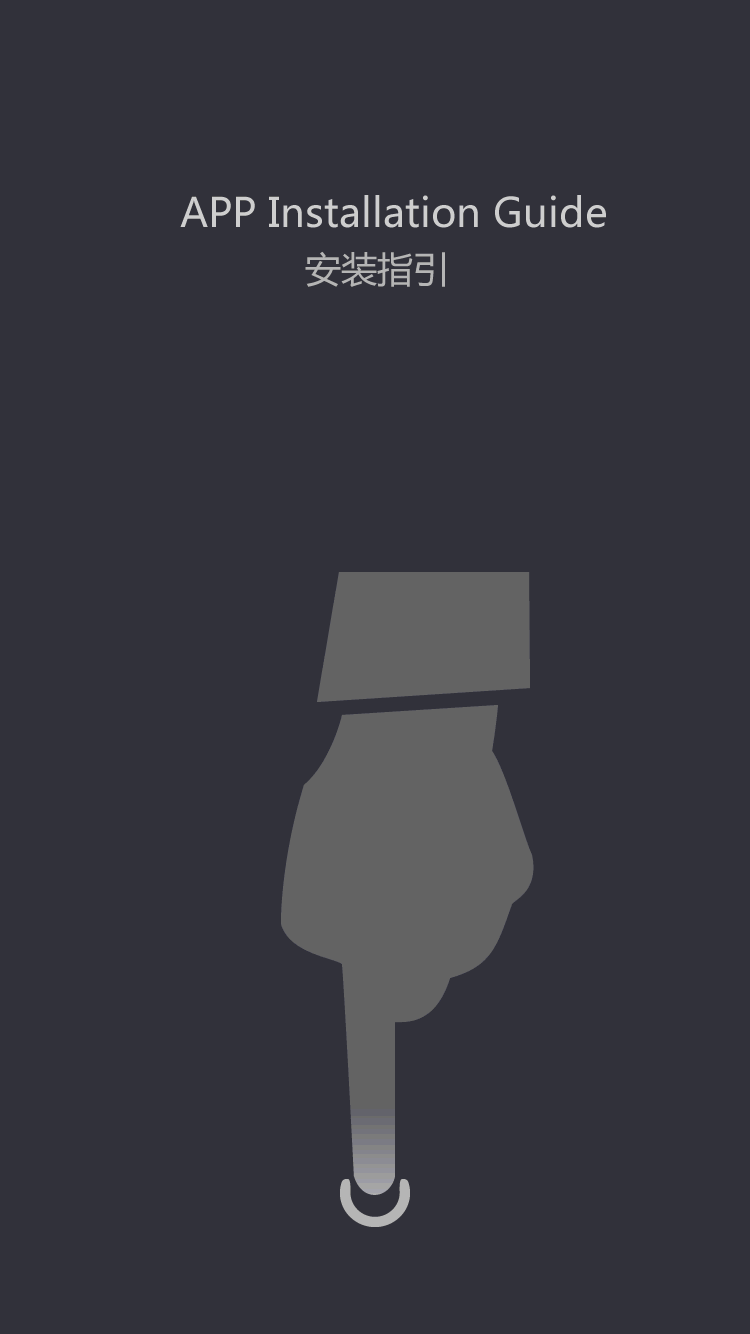Achieve PUEs consistently below 1.08, slashing operational energy costs.
How it Works: Coolant (usually water) absorbs heat from IT equipment. Instead of recirculating within a sealed system, the warmed coolant is discharged (e.g., to a drain, cooling tower basin, or external water body). Fresh, cool coolant is constantly drawn in from an external source to replace it.
Pros: Simpler initial setup (no heat exchanger needed for the primary loop), potentially lower upfront cost if a cheap/free water source is abundant.
Cons:
1. High Water Consumption: Constant intake/discharge wastes significant water – a major sustainability concern.
2. Water Treatment Critical: Incoming water must be meticulously filtered and treated to prevent scaling, biological growth (algae, legionella), and corrosion within sensitive server components. Maintenance demands are high.
3. Environmental Impact: Discharging warm water can have ecological consequences, and water sourcing may be restricted.
Risk: Contaminant ingress can rapidly damage expensive hardware.


















